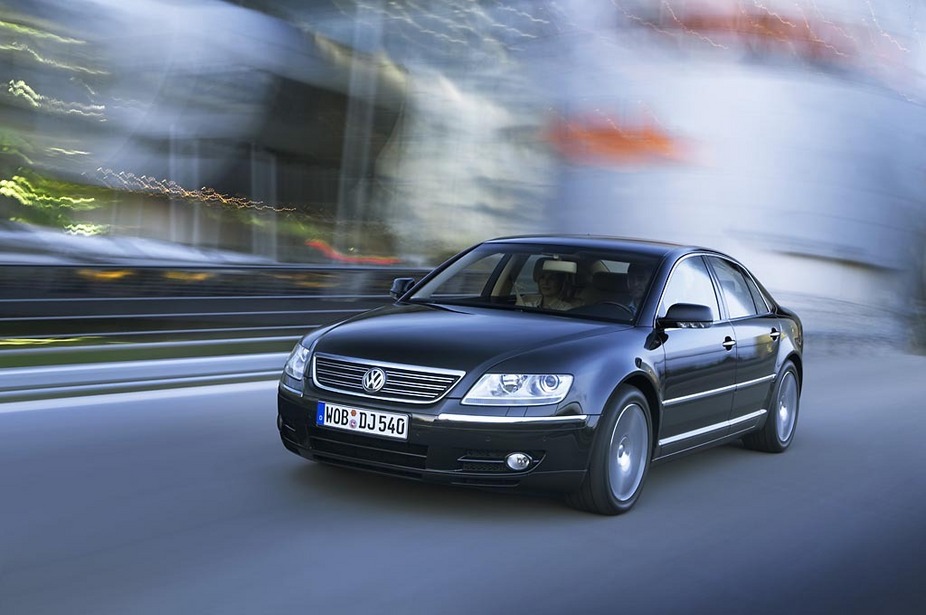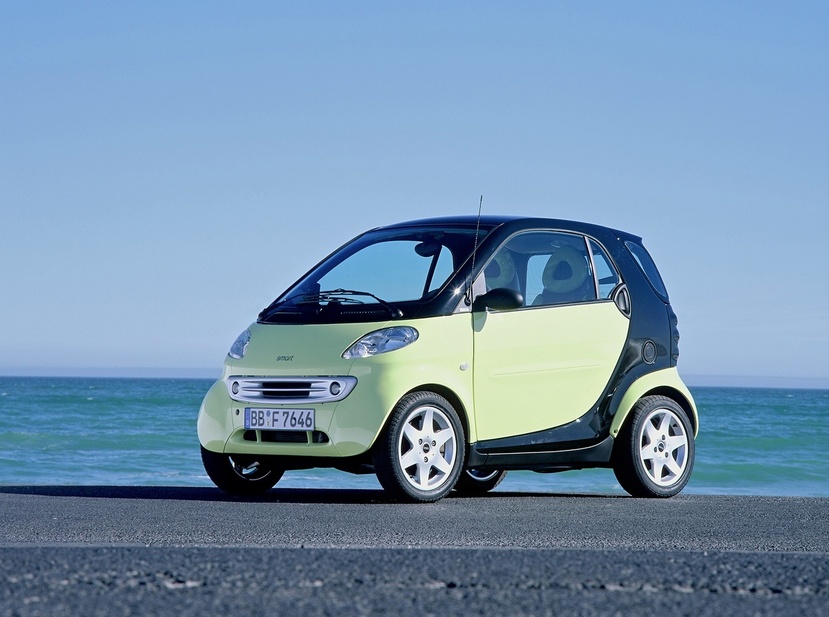|
Send this page to a friend! Fill in the form bellow | ||
news
VW Lost €4.6 Million on Each Veyron and Other Automotive Money Losers
The ten biggest automotive money losers since 1997
Automakers are generally smart when introducing a new model. They spend a lot of money to analyze the market, see what people want and create cars that will appeal to the largest market possible while remaining profitable. That is what makes it so interesting when car companies lose money on their creations.
Analysts at Bernstein Research have looked at the car industry going back to 1997 to find the biggest losers.
On a single model level, the Bugatti Veyron Bugatti VeyronGermany, 2000 > present27 versions
Bugatti VeyronGermany, 2000 > present27 versions
220 photos
2 videos
is the biggest loser. Volkswagen VolkswagenGermany, 1938 > present98 models
VolkswagenGermany, 1938 > present98 models
9654 photos
31 videos
Group is losing €4,617,500 on each Veyron it sells. However, the Veyron is a very small production vehicle. It only made it to the sixth spot on the list of models that lost the most money.
European Cars with the Largest Losses since 1997
The automotive analysts at Bernstein Research has conducted a study going back to 1997 to find the European cars with the largest losses on a model-by-model basis. There are two themes to the list. Most of the models lost money because of either huge investments in technology or the model did not meet sales goals; sometimes it was both.
Renault Vel Satis
The Vel Satis tried to combine luxury car, sedan and MPV and failed at it. Few buyers had a desire for that type of car. Renault made 64,000 of them for a base price of €30,000 each. Renault lost €18,710 on each car and lost €1.2 billion on the project.
Audi A2
The Audi A2 was meant as a technological marvel at the time. It had an aluminum body and some of the lowest fuel consumption on the market at the time. Audi sold 176,000 of them for a base price of €20,000 each. It lost €7,530 on each car and lost €1.33 billion on the project.
Renault Laguna
The Renault Laguna was meant to be a successful larger Renault sedan, and it did not sell well. Renault sold 434,000 of them for a base price of €16,000. It lost €3,550 per car and lost €1.54 billion on the project.
Jaguar X-Type
The Jaguar X-Type simple did not live up to sales expectations. Jaguar built 363,000 of them for a base price of €22,000. It lost €4,690 per car and lost €1.7 billion on the project. Jaguar only had sales of 36% of initial expectations.
Bugatti Veyron 16.4
The Bugatti Veyron is winding down production on 400 cars but represents the largest amount lost per vehicle of any other. Volkswagen Group knew that it would lose money though. The car is meant to be a halo and showcase of technology. VW lost €4,617,500 per car and lost €1.7 billion on the project. The Veyron had an initial base price of €1 million each.
Mercedes-Benz A 170 CDI
The A-Class was Mercedes trying to enter the compact segment and not necessarily doing it well. Now, the A-Class is a bestseller, but the original lost€1,440 per car and €1.71 billion on the project. The A-Class had a base price of €17,000 and 1,187,000 were made.
Peugeot 1007
The 1007 is another car that missed sales targets. Peugeot made 123,000 of them for a base price of €12,000. It lost €15,380 on each car and lost €1.9 billion on the whole project. It only sold 22% of Peugeot's expectations.
Volkswagen Phaeton
The Phaeton is another case of the car that simply missed sales targets. Volkswagen lost €22,100 per car and a total of €1.99 billion on the project. It used platforms and engines from the Volkswagen Group, but it did not sell well enough. Volkswagen made 72,000 of them for a base price of €70,000.
Fiat Stilo
The Fiat Stilo lost €2,730 per car and lost €2.1 billion for the entire project. The loss is blamed on the car missing sales targets by 70%. Fiat sold 769,000 of them for a base price of €12,000.
Smart Fortwo
The Smart Fortwo had an average loss of €4,470 per car and a total loss of €3.35 billion, the highest of any European car since 1997 and 60% more than the Stilo. The huge loss was due to the car's investment, which included a new platform, new engine and most expensively a new factory. Smart built 749,000 of them for a base price of €9,000.
Source: The Economist
Contribute
latest news

































